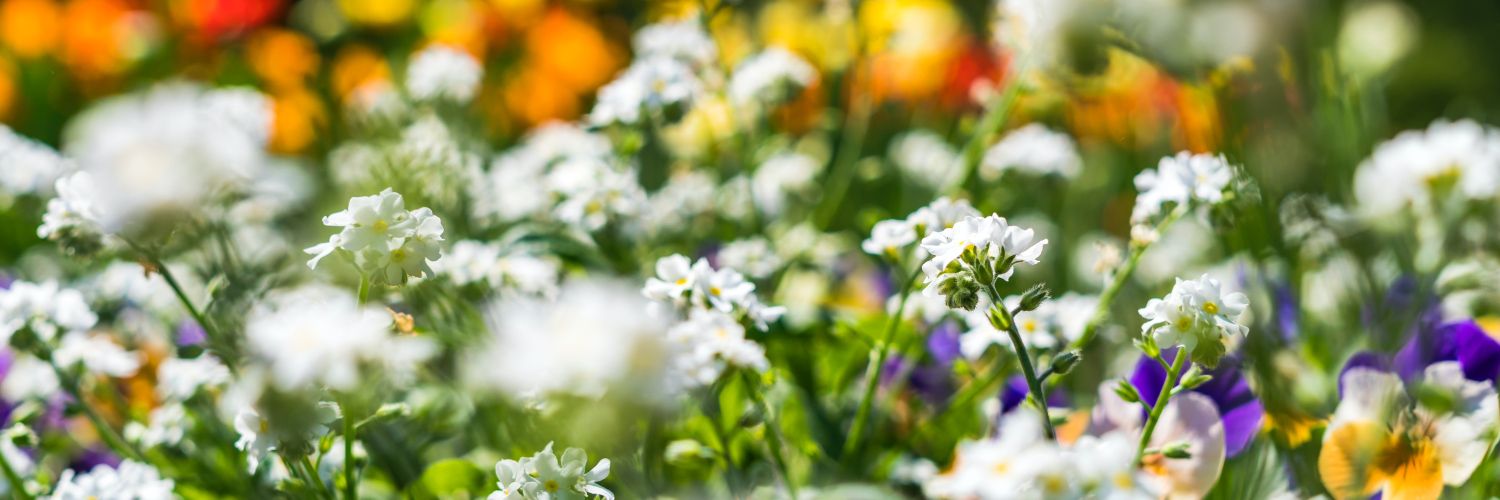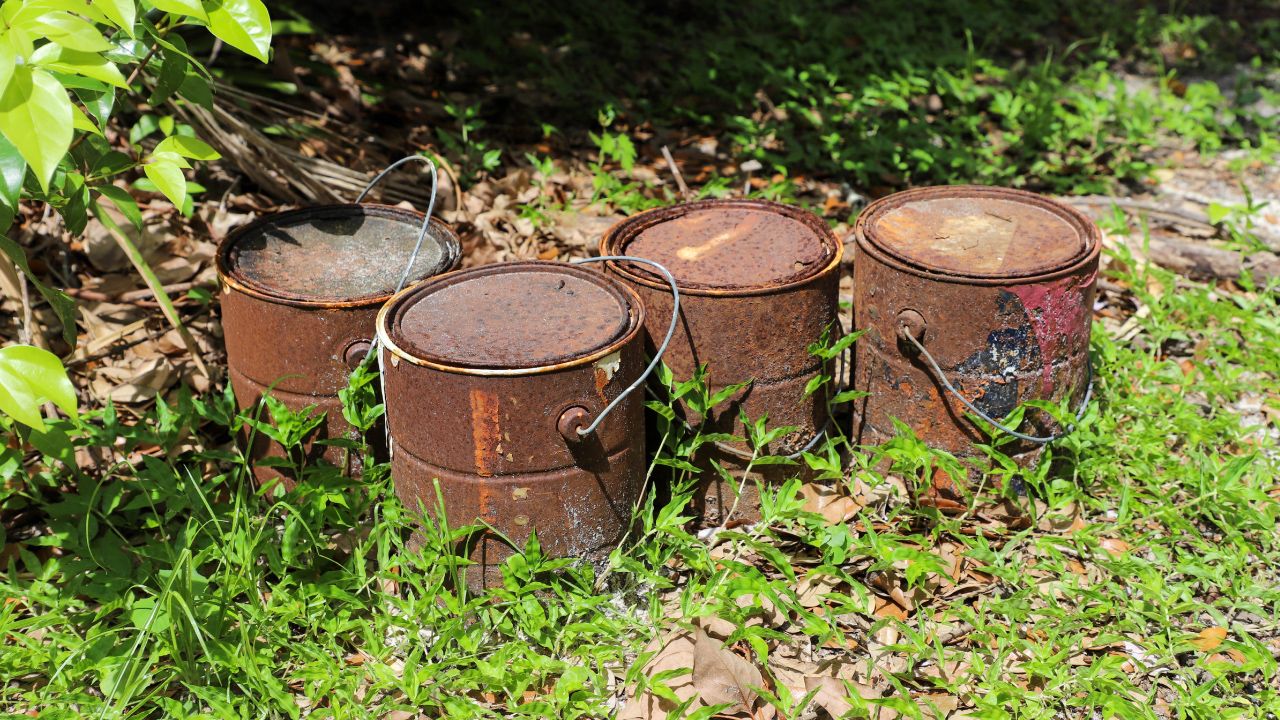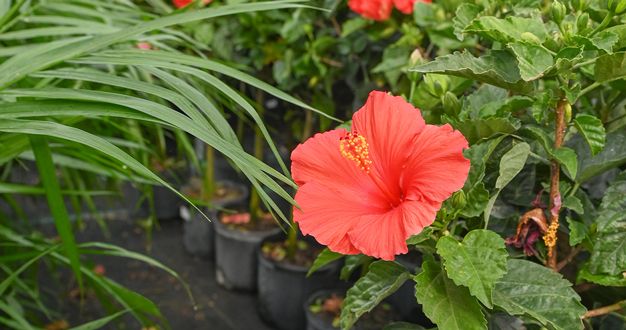
To live sustainably is to make choices every day that minimize the negative impact we have on the environment and community. It can also mean taking positive steps to make things better by healing current damages too. Often these choices aren’t as difficult as we imagine – sometimes even the simplest adjustments can make a big difference. Here are a few surprisingly straightforward steps you can take to build a more sustainable lifestyle in your own home.

1. Choose Native Plants
Native plants are easier on you and the environment. Native plants build a natural community that not only offers specific resources for native pollinators, birds, and other wildlife but once established, requires little to no additional inputs like water, fertilizer, pesticide, and worry from you.

2. Plant a Tree
A well-placed shade or evergreen tree provides shade in the summer and blocks cold wind in the winter, noticeably reducing the energy used to cool and heat your home throughout the year. And that’s on top of a tree’s amazing ability to improve air quality, mitigate storm runoff, support local wildlife, and so much more.

3. Nurture Your Soil with Compost
Unlike synthetic garden chemicals, rich compost builds and supports an underground ecosystem of beneficial microorganisms, insects, and other creatures. In turn, this healthy soil community naturally nourishes your garden and landscape without the need for as many fertilizers and pesticides.
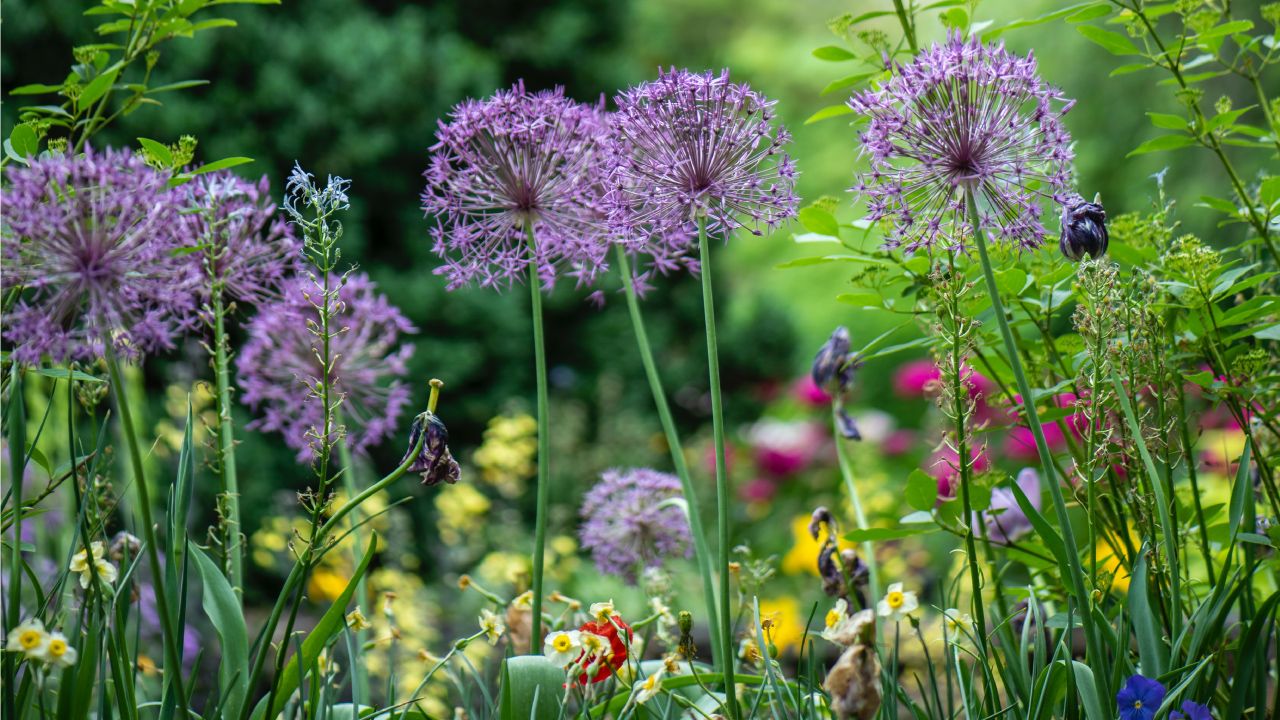
4. Adopt Earth-friendly Insect Control
Beneficial insects are an important part of all sustainable natural communities. Besides pollination, insects also provide food for other wildlife and some even join you in battling harmful insect pests like aphids and whitefly. Protect your insect friends by using earth-friendly control methods like sprays of water or handpicking whenever possible.
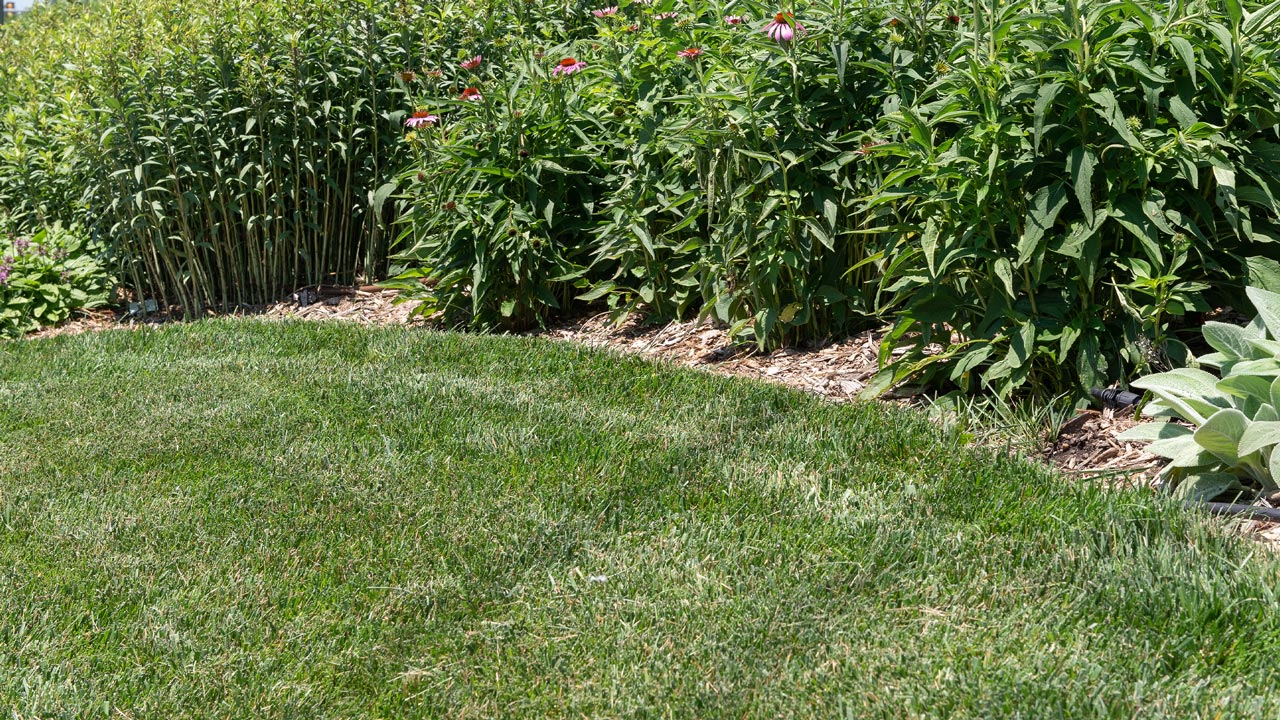
5. Replace (Part of) Your Lawn
Considering the mower fuel, extra water, and added chemical inputs they need to stay healthy, a grass lawn is the most expensive piece of your landscape – for both you and the environment. Consider swapping out the more labor-intensive parts of your lawn with alternatives such as a native pollinator garden, a moisture-absorbing rain garden, or no-mow creeping thyme for high-traffic areas.

6. Grow Your Own Food – or Buy Local
It’s certainly convenient to shop from the grocery store when you need fresh tomatoes for a sandwich or a head of cabbage for your famous slaw. But it’s also easy to forget that store-bought vegetables most likely traveled a great distance to get there. From farm to packaging plant to the store and to your table – each step represents miles of transportation that uses a significant amount of natural resources. Growing your own garden or buying locally grown produce is a great way to shorten your food’s travel from across the country to just across your town – or even your yard. And growing your own food also allows you to choose earth-friendly gardening methods like companion planting too.

7. Compost Your Food Scraps
In a naturally functioning ecosystem, plant materials like leaves, stems, and fruits drop to the ground where their nutritive value returns to the soil to nourish the community of insects and microorganisms that live there. And a healthy soil community means healthy plants. In a garden, that means less need for added inputs like synthetic fertilizers and pesticides. Converting food scraps into rich, nutritious compost is a great way to restore that natural relationship between plants and the living soil community. Plus it helps reduce harmful gases that can result from food scraps being disposed of in a landfill setting.
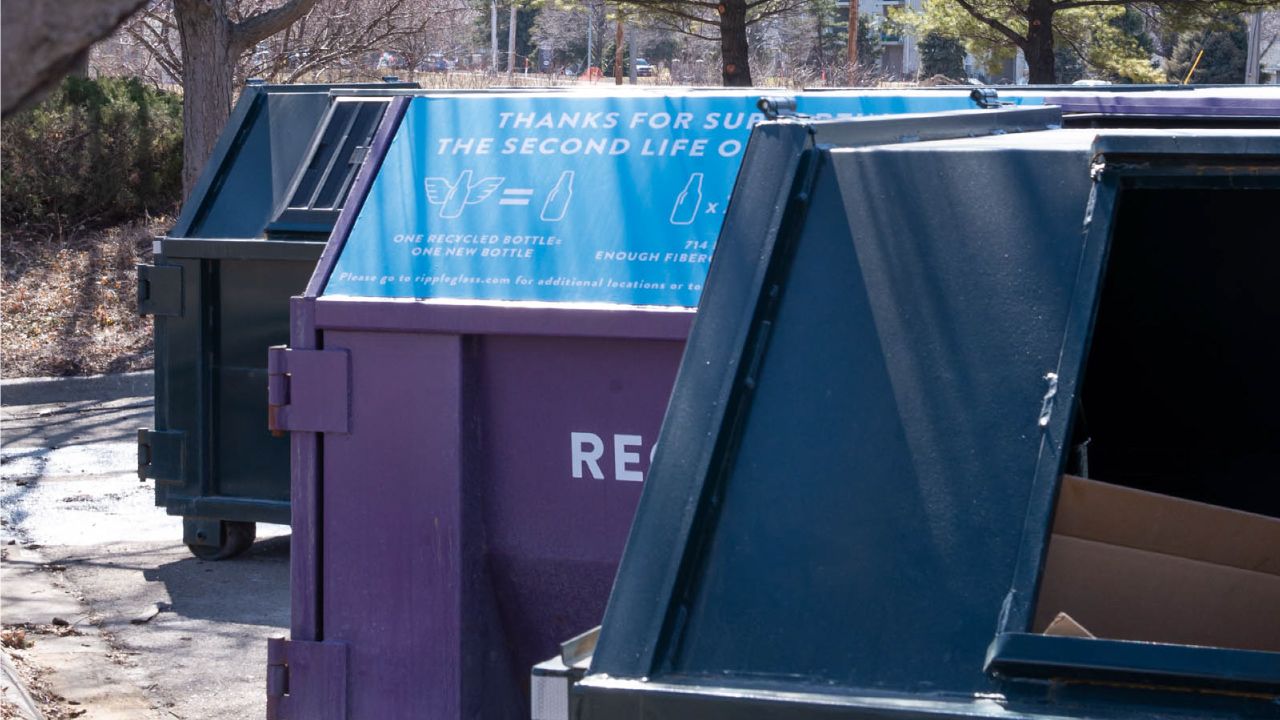
8. Up Your Recycling Game
If your neighborhood recycling program has limitations on items they pick up – or it offers no recycling program at all – find a local drop-off to increase the amount of home refuse you can divert from the landfill. For instance, Mulhall’s is a full-service recycling drop-off point with a purple bin to accept glass and a green bin to accept most other recyclables too. The bins are located south of our parking lot, so the next time you shop, be sure to bring your recyclables along.

9. Make Friends with Your Local Thrift Shop
Another way to live more sustainably is to rehome clothes, furniture, décor, and other material items instead of buying new. Thrift shops and local non-profits like Restoring Dignity can also help find new homes for your gently-used items and help keep them out of the landfill.
10. Dispose of Chemicals Safely
Leftover paint, lawn and garden chemicals, and cleaning solvents, as well as spent supplies like fluorescent bulbs and batteries, wreak havoc on our natural ecosystem when simply thrown into the trash. Safe options like Under the Sink can help dispose of these items properly and safely.
Living with the Earth in Mind
Spring is here, and we bet you’re in full clean-up mode with your mind and heart immersed in your natural surroundings. Building a more sustainable lifestyle might seem a bit intimidating at first, but any of the steps on this list can make a big difference. Start with a few, adopt others in future seasons, and keep moving toward your goal of creating a more earth-friendly environment for your home and community.

